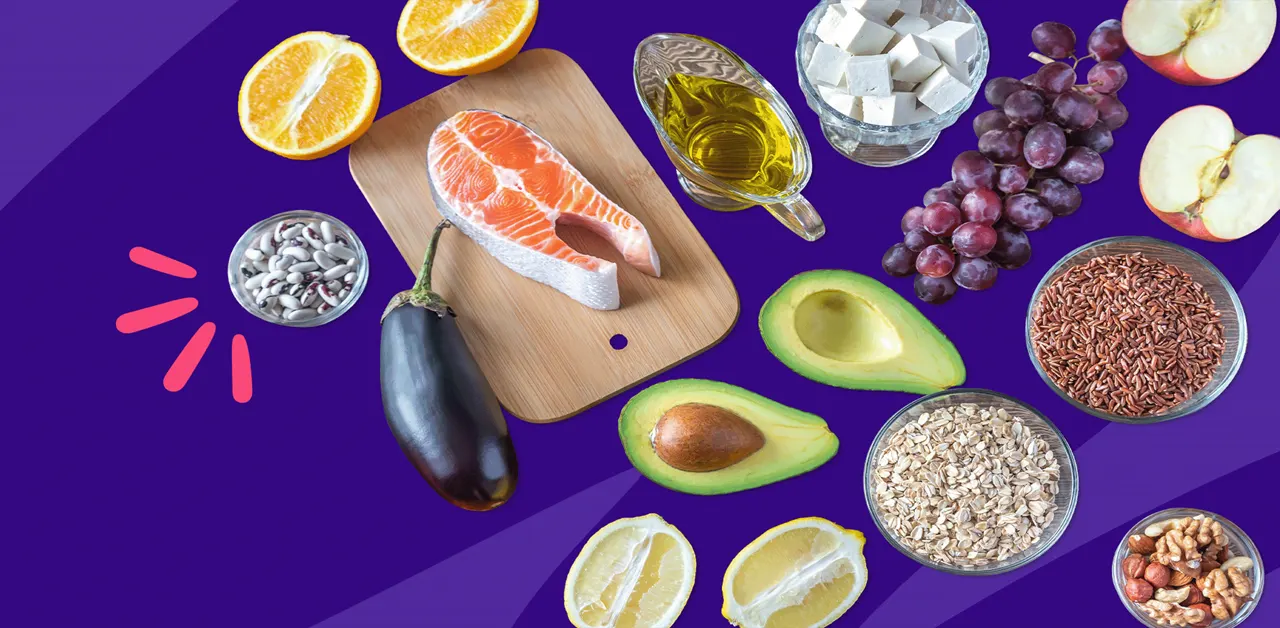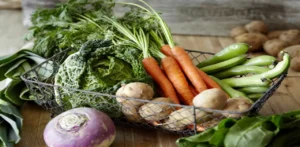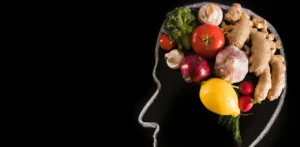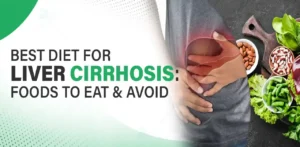Contents
Navigating the complexities of digestive health often leads us to explore various conditions that impact our daily lives. One such condition that demands attention is diverticular disease, specifically diverticulitis. This ailment, characterized by inflamed or infected pouches (diverticula) in the colon, can significantly affect one’s quality of life. However, with a tailored diverticulitis diet, individuals can manage symptoms effectively and promote digestive wellness.
Understanding Diverticular Disease
Before delving into dietary specifics, it’s crucial to grasp the fundamentals of diverticular disease. Diverticula, small pouches that develop in the colon wall, are common, especially as people age. While these pouches typically don’t cause issues, they can become problematic if they become inflamed or infected, leading to diverticulitis. Factors such as a low-fiber diet, obesity, lack of exercise, and smoking can contribute to the development or exacerbation of diverticular symptoms.
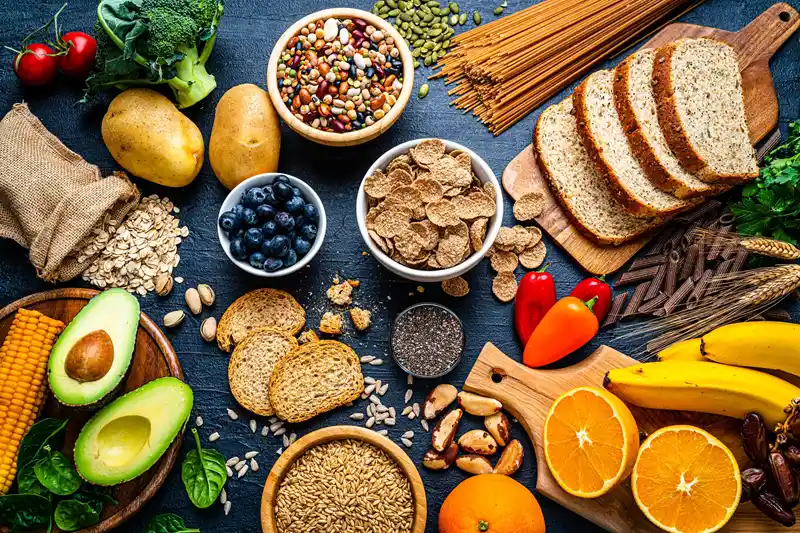
Crafting a Diverticulitis-Friendly Diet
A key component of managing diverticulitis involves adopting a diet that supports digestive health and reduces inflammation. High-fiber foods play a pivotal role in this regard. They promote regular bowel movements, prevent constipation, and reduce pressure within the colon, lowering the risk of diverticular flare-ups. Incorporating whole grains, fruits, vegetables, and legumes into daily meals ensures an adequate fiber intake.
Whole grains like brown rice, quinoa, and oats are excellent choices, offering both soluble and insoluble fiber. Soluble fiber dissolves in water, forming a gel-like substance that helps soften stools, while insoluble fiber adds bulk to the stool, aiding in bowel regularity. Fruits such as apples, berries, and pears, along with vegetables like spinach, broccoli, and carrots, provide additional fiber, vitamins, and antioxidants essential for overall well-being.
Also Read: “What Is a Pollotarian Diet? Benefits, Food Lists, and More”
In addition to fiber, a diverticulitis-friendly diet includes lean protein sources. Lean meats like poultry (chicken, turkey) and fish (salmon, trout) offer protein without excess saturated fat. Plant-based proteins such as tofu, lentils, and beans are also excellent choices, providing fiber alongside essential nutrients like iron and folate. Incorporating a variety of protein sources ensures a balanced diet that supports tissue repair and overall health.
Essential Nutrition Tips
- Hydration: Adequate water intake is crucial for digestive health. Water helps soften stools, making them easier to pass and reducing the risk of constipation—a common concern for individuals with diverticular disease.
- Portion Control: Monitoring portion sizes can prevent overloading the digestive system. Eating smaller, frequent meals throughout the day may also aid digestion and alleviate discomfort.
- Probiotics: Probiotic-rich foods like yogurt, kefir, and sauerkraut promote gut health by introducing beneficial bacteria into the digestive tract. These bacteria help maintain a healthy balance, potentially reducing inflammation and improving symptoms.
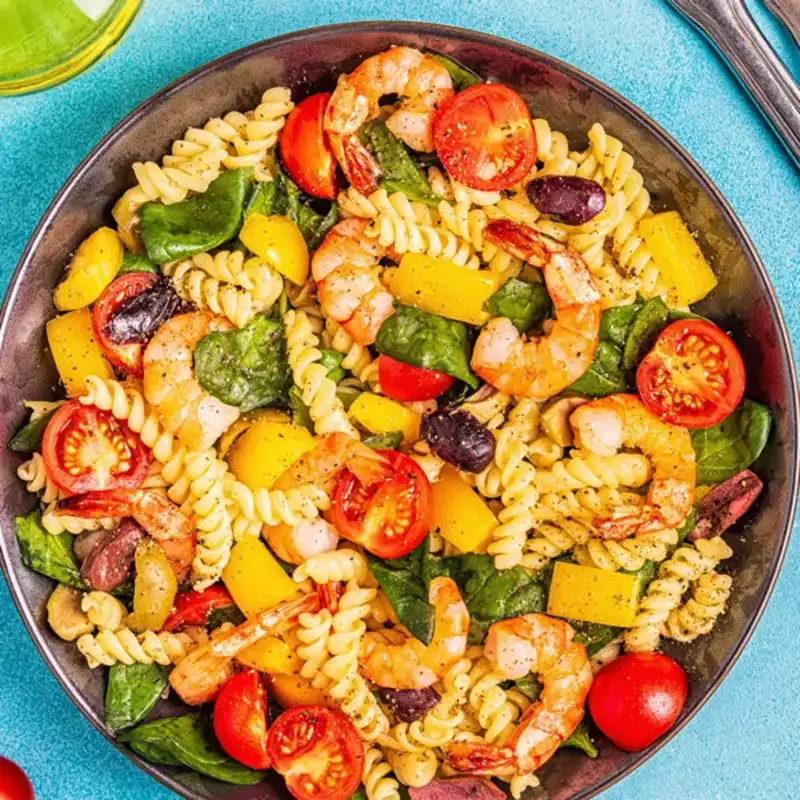
Delicious Diverticulitis-Friendly Recipes
- Quinoa and Vegetable Stir-Fry: Sauté colorful bell peppers, zucchini, and carrots in olive oil. Add cooked quinoa and a splash of low-sodium soy sauce. Season with herbs like thyme or basil for added flavor.
- Baked Chicken Breast with Roasted Vegetables: Marinate chicken breast in lemon juice, garlic, and herbs. Bake until tender and serve with roasted vegetables such as broccoli, cauliflower, and Brussels sprouts for a fiber-rich meal.
- Berry-Oat Smoothie: Blend mixed berries, Greek yogurt, oats, and a drizzle of honey until smooth. This refreshing smoothie is packed with fiber, antioxidants, and probiotics, making it a nutritious breakfast or snack option.
Also Read: “Constipation Relief Diet: Foods and Tips for Digestive Health”

Foods to Avoid with Diverticulitis
While focusing on fiber-rich and nutrient-dense foods, it’s important to steer clear of potential triggers that may worsen diverticular symptoms. Foods to limit or avoid include:
- Processed meats like bacon and sausage, which are high in fat and sodium
- High-fat dairy products such as whole milk and cream
- Refined grains like white bread and pastries
- Sugary treats and beverages, including sodas and sweetened snacks
- Spicy foods and alcohol, which can irritate the digestive tract and exacerbate inflammation
By incorporating these dietary guidelines, flavorful recipes, and essential nutrition tips into your routine, managing diverticulitis becomes more manageable and enjoyable. Remember to consult with a healthcare professional or registered dietitian for personalized recommendations based on your specific needs and medical history. With a balanced approach to nutrition and wellness, you can support digestive health, alleviate symptoms, and enhance your overall quality of life.
